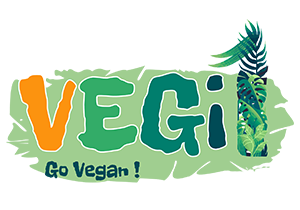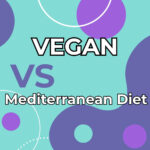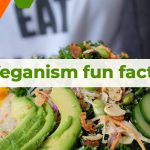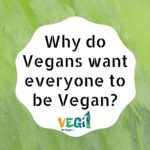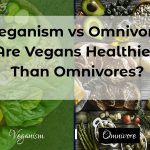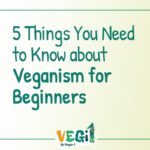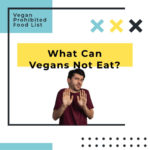Why is vegetarian food more expensive than meat
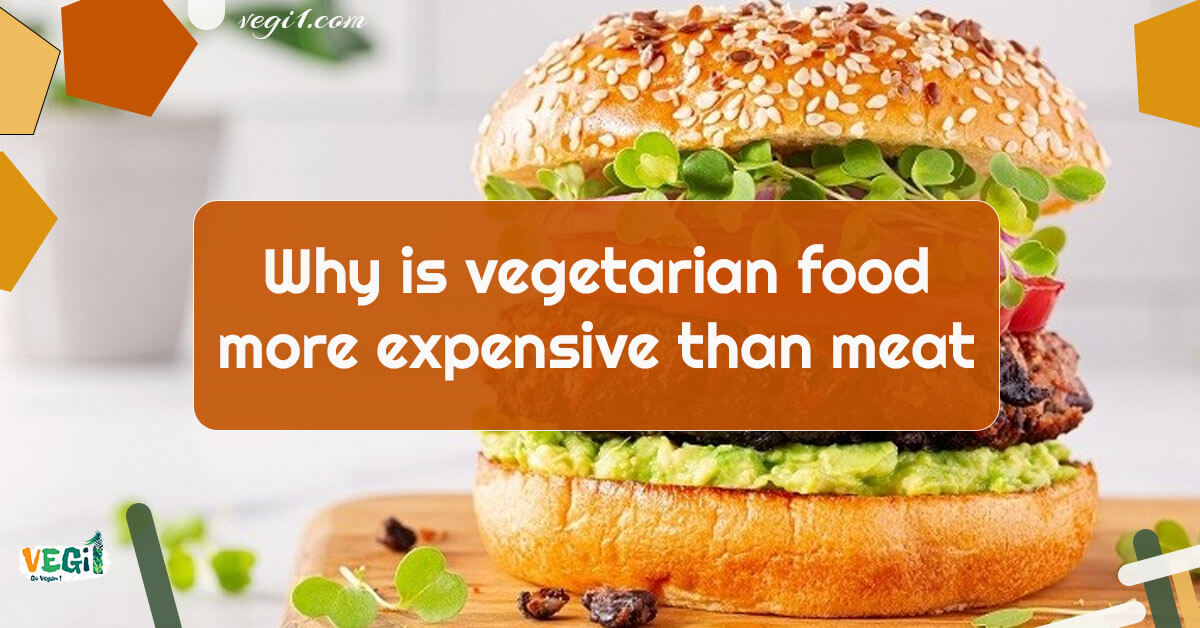
I’m Sarah, and all five members of my family are vegans too. I often hear people say, “You must be wealthy to follow a vegan diet.” So, I decided to look into it: Is being vegan the most expensive option? Why do vegan meals tend to be more costly?
Food is something we eat to nourish our bodies and provide us with energy. It comes in many different forms and in this post, I will give you helpful tips for cooking delicious vegan food that is both healthy and budget-friendly.
I choose not to eat meat, chicken, or fish and I prefer to steer clear of animal products, including clothing and makeup products. We like to support stores that prioritize the well-being of animals.
Here Are Costly Vegan Diet Food Prices and The Reasons Behind That
In this article you will read:
What makes the vegan diet more expensive than omnivores or meat eaters?
1. Vegan meat more expensive than animal meat
There are lots of ways to reduce down on animal products. Because of many things, vegan “meat” costs more than meat.
The prices for meat go down because livestock is raised on a large scale.
One option to limit animal meat consumption is to purchase and consume plant meat, which is healthier and, unlike animal meat, does not contain hormones and antibiotics; nevertheless, why is plant meat more expensive than animal meat? People’s desire to consume animal flesh is high.
Production costs go down when animals live in large spaces and eat food that helps them grow. In addition to animal meat, animal farms benefit from other products such as milk and eggs, which helps to lower production costs.
Large government subsidies lower the costs of making any meat goods, which helps them stay in business and keep prices low. Meat is grown on huge farms, governments consider government subsidies and subsidies to give animal feed and energy consumption, and subsidies assist in keeping costs low, but vegan meats are produced on a lesser scale owing to reduced demand; no subsidies are provided, even though the firm has nearly the same expenses, such as staff costs, leasing, and energy costs.
For example, the U.S. government gives $38 billion worth of public money to the meat, dairy, and egg businesses every year.
I think smaller businesses that make meat-like goods from plants just can’t compete with the prices that the animal agriculture industry can charge.
2. Veganism: Small niche market
Veganism is growing, but its market is small.
I think plant-based products like meat substitutes sell less than dairy and meat. Because they sell more animal products, they stock fewer plant-based ones.
As a niche market like plant-based manufacturing, they have strict manufacturing facility design and equipment restrictions.
Unlike meat companies, vegan brands lack cutting-edge tech.
Market share is the only way to improve manufacturing and lower costs as a vegan company.
3. R&D drives up vegan food prices
We need to further develop and test meat alternative production methods.
Vegan companies struggle to make plant-based burger patties taste real.
Thus, they heavily fund plant-based R&D. The UK vegan startup Quorn spent $7 million developing a “bleeding” vegan burger patty.
A strong reputation and loyal customer base help vegan brands cut R&D costs and lower product prices as a vegan company.
4. Plant-based milk: Not as cheap as you think.
I like plant-based milk, But Plant-based milk costs more than cow milk.
The cost of producing Plant milk is more than animal milk. Because it is subsidized and produced on a bigger scale, the production costs for vegetable milk rise, notably for nut milk, which rises owing to the higher cost of nuts such as hazelnuts and almonds.
Animal farming and large government subsidies keep milk prices low.
The milk market is well-established because milk has been a staple in the house thanks to calcium marketing for decades.
Plant-based must spend a lot of money marketing and convincing customers to buy the more expensive alternatives.
The manufacturing costs rise because plant-based milk (like almond milk) is harder to make.
5. Organic Food is More Expensive
I love organic productions, I tend to eat well, so more than eliminating animal products is needed.Commercially crops are protected from rodents, fungus, mold, bacteria, viruses, and insects by chemical pesticides.
Using these chemicals can make people sick. Washing or peeling the produce won’t help because pesticides permeate the skin and flesh of fruits and vegetables.
I eat organic produce as a vegan because it’s healthier. Naturally, organics cost more.
Without chemical pesticides, insects, fungus, diseases, and other environmental aggressors can attack the plants. Organic products have a lower market share and higher prices due to lower demand.
Limiting the “Dirty Dozen” fruits and vegetables and buying commercially grown food saves money and improves health.
Pesticide residue is highest in the “Dirty Dozen”—tomatoes, spinach, kale, strawberries, and bell peppers.
6. Choose the Right Plant-Based Oil for Your Needs
Extra plant olive oil is my favorite. Its rich flavor makes it ideal for salads and bread dips. Cook and dressing salads with healthy plant-based oils. But this oil is expensive!
I avoid processed foods and use extra virgin olive oil to stay healthy. Cold-pressed fruit oils without heat or chemicals are the most expensive.
I like avocado pulp oil as a vegan. Avocado oil is good for frying and salad dressings due to its high smoke point and nutty flavor.
Good cooking oil, stable at high temperatures. It solidifies at room temperature, preventing dressings. Since I can’t eat butter, I use solid coconut oil.
7. Vegan cheeses are more expensive
If it is difficult for you to give up cheese and you use vegan cheese substitutes, vegan cheeses made from soy flour are less expensive.
I make most vegan cheeses with coconut and sunflower seeds at home. Dairy cheese makers use fats, gums, and proteins to create a “mouth-feel.”
Making vegan cheeses is costly and complex. There needs to be research to make vegan cheeses that melt and taste like real cheese. Traditional cheese outsells vegan cheese, so it increases the prices and manufacturing costs.
So, Make Vegan Cheese at home!
8. Soybeans price
Soybeans are a rich source of protein for vegetarians and can be used to make tofu and tempeh as a substitute for meat. You can cook this useful product in different ways!
But only producers of soybean oil and animal feed receive government subsidies. And soy products are more expensive for vegans.
Soybean farmers have to pay all the costs without government aid or subsidy, increasing the price of soybeans.
9. Chocolates and vegan sweeteners are more expensive
Dark chocolate with a milk-free label often has refined white sugar. Many chocolates contain milk.
Vegan chocolates and sweeteners are more costly and difficult to get. Because it is less demanding, natural stiffeners are recommended to be used instead of cow bone powder for hardening.
You may use agave, maple, or carob syrup for vegan chocolate in your recipe.
10. Bread and baking
Developing and producing non-dairy and non-egg baked goods costs more. To keep using these products, I need more expensive vegan alternatives. If you buy “vegan chocolate chip cookies” or “vegan scones,” the monthly cost rises for sure.
So get to work and make your favorite sweets and breads at home, and instead of eggs and buying egg substitutes, which are often more expensive, use chia and ketone eggs for more stickiness.
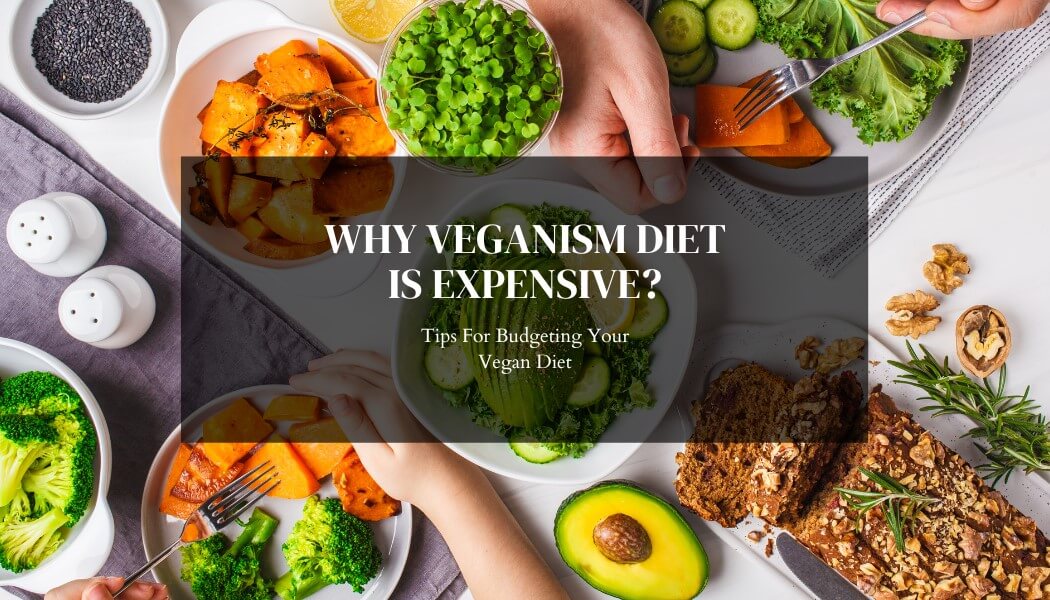
Unlocking the Power of Affordable Plant Proteins
In a world where eating healthily can sometimes be expensive, this article reveals vegetarianism’s economical yet nutrient-dense benefits. Here are some ideas on how to get important nutrients into a vegan diet without emptying your wallet, from affordable plant protein sources to rethinking more expensive options.
Some shopping markets promote products through vegetarianism. Under the name of vegetarianism, the items that everyone consumes are marketed and sold at a higher price.
How do Vegetarians Get Protein?
Plant-Based Calcium And Protein Alternatives
Many people ask me what they can drink in place of milk and I believe that we don’t need to consume milk at all. If you’re wondering how to acquire calcium, check out this article I made about plant calcium sources:
For protein, oysters and shiitake mushrooms are expensive. While these mushrooms are delightful and healthful, they should not be eaten at every meal. By the way, mushrooms are not a source of protein, and many websites and retailers incorrectly label them as such. Don’t dismiss low-cost plant protein sources like beans.
Plant milk can replace fruit juice and energy drinks in the recipes. Plant milk can be made with hemp, watermelon, cantaloupe, sesame, chia seed, flax seed, soybean, rice, hazelnut, almond, coconut, etc. I think plant-based milk has more protein and health benefits than almond and hazelnut milk, which costs more.
Having the concept in your head that you need to drink a glass of milk every day stems from the advertising slogans of American cattle and dairy corporations a few decades ago; the impact of these firms was so powerful that now people all over the world believe that if milk is not consumed daily, They will have issues and deformities if they do not eat.
Plant-based calcium sources are in this link.
A mammal baby requires milk for a few months after birth, and then the mother’s milk gradually ends with teething, and the baby’s nutrition changes and the end of the mother’s breastfeeding period is equal to the time it takes for the baby’s teeth to grow and complete because milk causes tooth enamel deteriorates.
But how did milk consumption join the human life cycle?
Since early humans began animal livestock by capturing animals and were able to naturally domesticate wild animals, people have consumed cow and sheep udder fluids. If early humans were not successful in domesticating animals, the thought of drinking cow’s milk would be as absurd as drinking elephant’s milk!
Veganism: It’s not as expensive as you think!
- One of the favorite and cheapest proteins is tofu. Low demand increases the prices. Textured soybeans are protein-rich and cheap. Vegan nuts give me protein, healthy fats, and minerals. Who said I had to eat expensive cashews, hazelnuts, and pistachios? Sunflower seeds are cheaper and more versatile than pumpkin. Some websites that promote expensive nuts and seeds make veganism seem impossible. I find nuts cheap and easy.
- I have all essential amino acids, potassium, calcium, vitamins B, D, C, E, and K in my vegan diet. Pumpkin seeds are my favorite vegetarian snack. They have more zinc, magnesium, protein, iron, copper, and phosphorus than meat and are boosting heart, skin, and cancer prevention.
- I discovered that hemp seeds contain all essential amino acids. Calcium, zinc, magnesium, iron, phosphorus, and vitamins A and B are abundant. Omega-3-rich hemp seed protein helps the heart and arteries.
Peanuts provide zinc, calcium, biotin, niacin, folate, manganese, vitamin E, phosphorus, and magnesium for the skin, hair, and bones. It has zinc, potassium, magnesium, manganese, phosphorus, iron, vitamin B, and more protein than meat.
Why Do Vegetarian Meals Cost More Than Meat?
Why is the vegetarian diet expensive if you buy supermarket plant replacements? There are fewer vegan products due to the smaller market and higher manufacturing, R&D, and market research costs.
Any vegan product (meat substitute, chicken nugget substitute, sausage, burger, fish, etc.) can be bought at the store, but it will cost a lot! Many stores and pages sell a variety of products at a higher price in the name of vegetarianism. For example, avocado is a healthy fruit with useful fats, but some pages and stores make it appear as if everyone vegan should eat avocado when there are other healthy alternatives you don’t have avocado!
Vegan on a budget: 7 tips to save money
Here are some tips to do for lowering vegan costs:
- Buy a fine-mesh blender to avoid expensive plant-based milk, tofu, and other products.
- Homemade vegetarian dinners with few ingredients taste good.
- When dining out, bring veggie sandwiches and barbeque.
- The shopping list includes vegetarian snacks and supermarkets attract vegetarians with vegan and vegetarian options. You can make any meal or snack with a few ingredients.
- You can freeze healthy vegetables longer. If I’m busy at work, I soak, cook, and freeze beans overnight. I can make a tasty meal without eating out with packed peas or beans.
- You can make new meals from leftovers like beans, milk, and residual soybean pulp for tofu, kebabs, and stews.
- One pack of chickpeas makes delicious stew, tofu, and hummus.
- A well-planned vegan diet requires cheap vegetarian meals and no supplements (except B12, which vegans, vegetarians, and non-vegetarians need).
- I have lentil soup, quinoa salad, stir-fried veggies, and black beans. I’ll cook with cheap fruits, grains, veggies, and legumes.
Reducing Extra Costs by Vegan Lifestyle
- Healthier and free of animal hormones and antibiotics, a vegan diet reduces illness and medical care.
- Vegans don’t buy pets or go to animal zoos, aquariums, horse races, circuses, etc.
- The vegan diet is more expensive if you want non-essential items, but if you want nutritional foods like rice and grains, it is less expensive than buying meat.
Becoming a vegan is not about the size of one’s wallet, but rather about the depth of one’s wisdom and enlightenment.
Why Are “Vegan” Restaurants and Foods Twice as Expensive?
Since vegan stores and products are scarce, it has set prices. Rent and wages apply to the vegan business. Lower sales raise vegan foods prices.
I prefer summer vegetables to fake meat, aquafaba, vegan yogurt, vegetable cheeses, sausages, and hamburgers when dining outdoors. These cost more in the vegetarian restaurant. So, you can order cooked beans and veggies more!
The next point is the lack of competition and monopoly of the market. Every city has about two or three vegan restaurants, and they have their own preferred pricing based on the cost of the restaurant.
In the city where I live, there are only two vegan restaurants, and the price of a vegan pizza in this restaurant is about $60.
I suggest that you take a sandwich or a homemade dish with you every time you go out or order fruit soup and salad at restaurants.
Quora Facts to Show That a Vegan Diet Could Be More Affordable
- Ultra-premium beans cost 8–50 cents/serving. The cheapest cut, ground beef, makes four meals per pound. The local store sells for $3.50–$7.00 ground beef per pound. Service sizes are 86 cents to $1.75.
- Lentils beat beans. One-pound costs $1.35. Black beluga lentils cost $9.00/pound. Lentils yield 16 servings per pound. The dish costs 17 cents to $1.13.
- Chicken pounds range from $1.99 for bone-in thighs to $11.99 for organic, free-range, locally-grown breasts. I pay 50 cents to $3.00 per serving at four per pound.
- Cheap vegan food could save me money. You can cheaply supplement ground beef or chicken with beans, dry legumes, and whole grains.
- I find ” vegan meat” to be quite costly. There are quite a few options available but must admit that processing grains, soybeans, and other materials can be quite hard and costly. Due to the unique nature of the market, meat alternatives tend to be priced slightly higher.
- Soybeans, maize, and meat feed are the biggest subsidies. Plant food matters too. Rice and beans are cheap vegetarian meals, and pizza last night cost $3. People pay more for prime rib and lamb roast in America.
Summary
The reasons for the costly vegan diet rather than meat are lower demand, a lack of auxiliary funding, and the niche status of processed vegan meals.
These tips that are talked about in this post would make your veganism diet cheaper. I hope vegan foods will be affordable!
Fruits, vegetables, grains, beans, and cheese are often far less expensive than meat, cheese, and junk food.
Try to avoid substitutes and processed vegan foods. Cook at home and be creative in cooking. Try new foods. Try recipes without eggs and dairy.
So, if you can budget, buy a good cookbook, shop in bulk, and avoid specialty foods and dairy substitutes, going vegan can save you money! And guess what? Your wallet will thank you!
